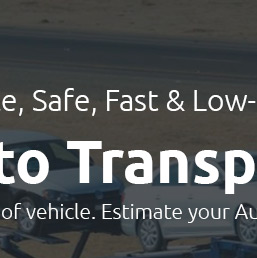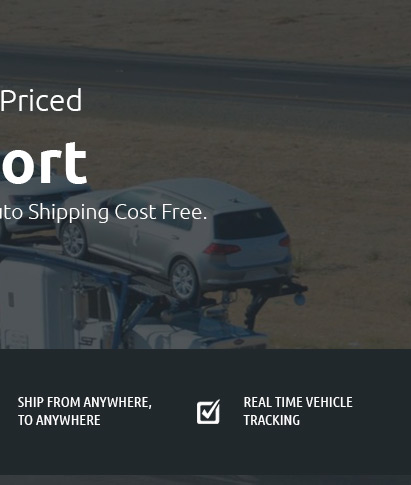 |
|||||
 |
 |
 |
 |
 |
|||||
 |
 |
 |
 |
 |
 |
 |
||
 |
 |
 |
 |
 |
 |
 |
 |
 |
 |
|
|
Experience the revolution in auto shipping services where your vehicle's journey isn't just a delivery-it's a commitment to excellence; whether it's the reliable transport of your classic car collection or the seamless long-distance delivery of your everyday ride, we redefine the standards with unparalleled precision and care, transforming the daunting task of vehicle transport into an effortless experience that leaves the typical in the dust-because your car deserves nothing less than the best.
https://www.sherpaautotransport.com/routes/west-virginia-car-shipping/morgantown/
Book Early. We recommend booking car transport at least two weeks out. Be Flexible. Certain days of the week & time of the year can be more expensive. https://autodriveaway.com/drive-for-us/
Auto Driveaway provides flexibility, a wide range of vehicle types to drive, a safety-first environment, and the opportunity to explore unique destinations ... https://www.professionaldrivers.com/services/car-transport/
Long-distance car transport services offer a professional driver to drive your car cross-country on long-distance road trips. Learn more.
|